


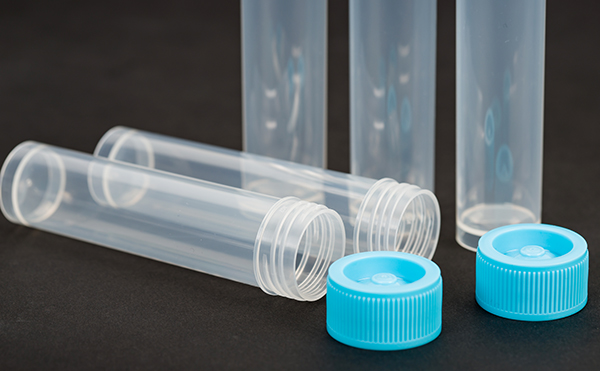

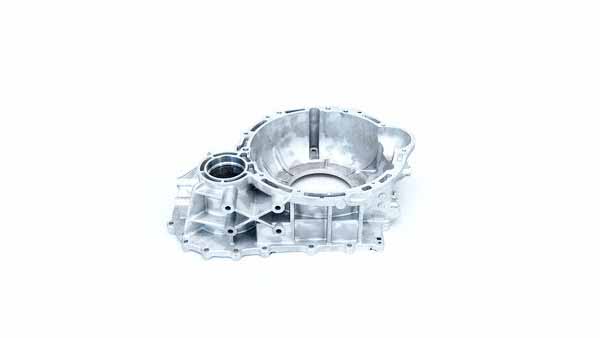

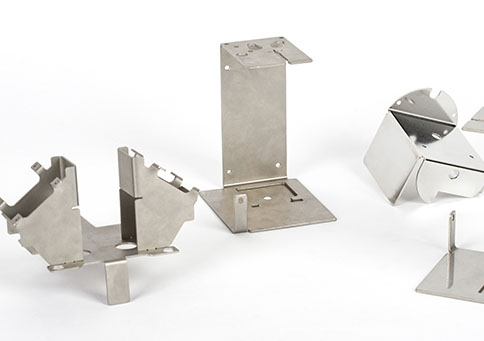

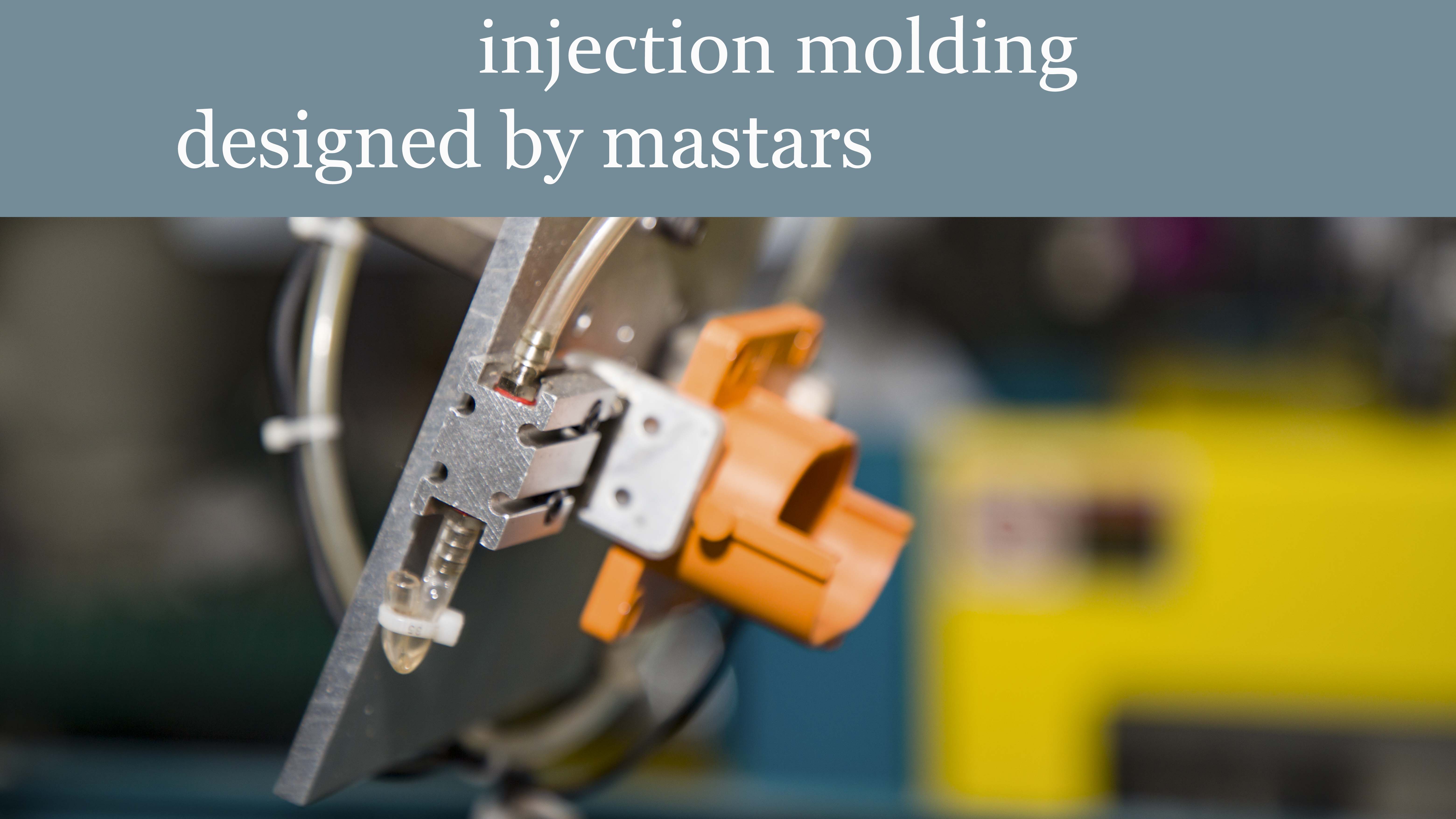
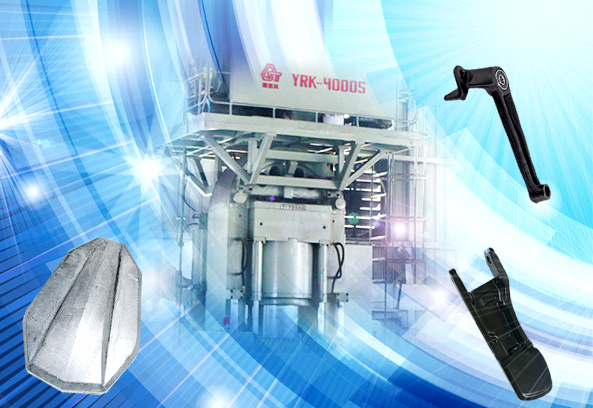
Here's a detailed explanation of 3D Printing Prototyping in English, covering its definition, process, advantages,
applications, and more:
3D Printing Prototyping: A Comprehensive Overview
1.What is 3D Printing Prototyping?
3D Printing Prototyping, also known as Additive Manufacturing Prototyping, is the process of
using 3D printing technology to create rapid, tangible, and functional models of a product or
part before full-scale production.
It allows designers,
engineers, and companies to visualize, test, and refine their designs in the earliest stages of development,
significantly reducing time, cost, and risk compared to traditional prototyping
methods (like CNC machining or injection molding).
2.How Does 3D Printing Prototyping Work?
The general
workflow includes the following steps:
Step 1: Design
Step 2: File Preparation
Step 3: 3D Printing
Step 4: Post-Processing
Step 5: Testing & Iteration
3.Common 3D Printing Technologies Used in Prototyping
|
Technology |
Material Types |
Best For |
Pros |
Cons |
|
FDM (Fused Deposition Modeling) |
Thermoplastics (PLA, ABS, PETG) |
Functional prototypes, enclosures |
Low cost, easy to use |
Lower detail, visible layer lines |
|
SLA (Stereolithography) |
Photopolymer Resins |
High-detail models, dental, jewelry |
Excellent surface finish, precision |
Brittle, requires post-curing |
|
SLS (Selective Laser Sintering) |
Nylon & other powders |
Durable, functional parts |
No need for supports, strong parts |
Rougher surface, expensive machines |
|
DLP (Digital Light Processing) |
Resins |
High-detail, small parts |
Smooth finish, fast printing |
Limited to resin materials |
|
Metal 3D Printing (DMLS, SLM) |
Titanium, Aluminum, Stainless Steel |
End-use metal parts, aerospace |
Strong, functional metal prototypes |
Expensive, complex post-processing |
4.Advantages of 3D Printing Prototyping
5.Applications of 3D Printing Prototyping
Product Design & Development
Medical & Healthcare
Automotive & Aerospace
Fashion & Art
Architecture & Construction
Robotics & Electronics
6.3D Printing Prototyping vs Traditional Prototyping
|
Feature |
3D Printing Prototyping |
Traditional Prototyping (e.g., CNC,
Injection Molding) |
|
Time to Produce |
Hours to 1–2 days |
Days to weeks |
|
Cost (Low Volume) |
Low |
High (tooling/molds required) |
|
Complexity |
High (supports intricate shapes) |
Limited by tooling constraints |
|
Material Options |
Growing (plastics, resins, metals) |
Limited by process |
|
Iteration Speed |
Very Fast (redesign & reprint) |
Slower (re-tooling needed) |
7.Tips for Effective 3D Printing Prototyping
8.Future Trends in 3D Printing Prototyping
Summary: Why Use 3D Printing for Prototyping?
3D Printing Prototyping is a
powerful tool that enables innovators to turn ideas into physical reality
quickly, affordably, and with unmatched design flexibility. It
bridges the gap between digital design and real-world application, accelerates
product development, and supports innovation across nearly every industry